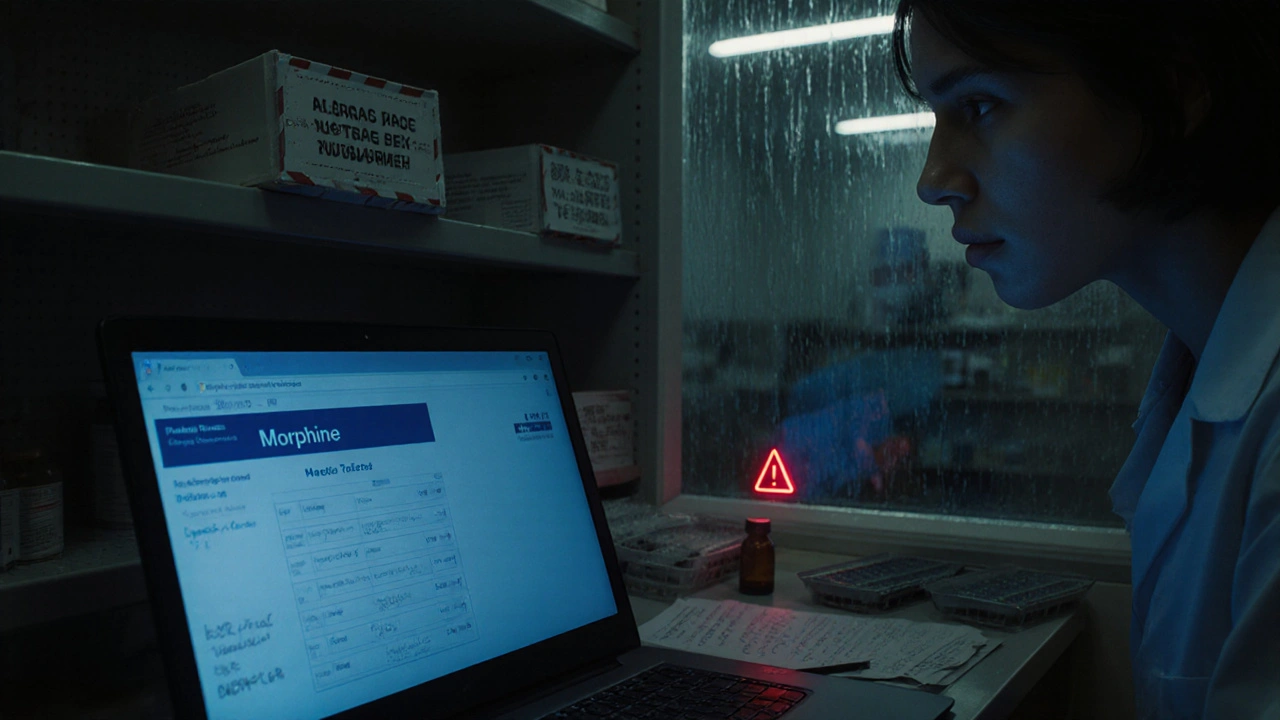Pharmacy Management: How to Run a Safe, Efficient Pharmacy Today
When we talk about pharmacy management, the system of organizing drug dispensing, inventory, staff workflows, and patient safety in retail and hospital settings. Also known as pharmaceutical operations, it’s the backbone of every clinic, hospital, and neighborhood drugstore that keeps people alive and well. It’s not just about counting pills—it’s about stopping mistakes before they happen. A single error in pharmacy management can lead to a patient getting the wrong drug, the wrong dose, or a dangerous interaction with something they’re already taking.
Good pharmacy inventory, the real-time tracking of medications in stock, expiration dates, and back-orders to avoid shortages or waste keeps your shelves full without overbuying. Think about how many times you’ve waited days for a refill because the pharmacy ran out. That’s not bad luck—it’s poor inventory control. And when partial fills or back-orders happen, as they often do with specialty drugs, how you handle them makes all the difference. The same goes for generic drug substitution, the process of replacing a brand-name drug with a cheaper generic version, which must follow strict bioequivalence rules to be safe. Not all generics are created equal. Some work fine. Others trigger therapeutic failures, especially with drugs that have a narrow therapeutic index. Patients don’t always know the difference, so the pharmacist has to.
Then there’s dispensing errors, mistakes in selecting, labeling, or giving out medication that can result in harm or death. They don’t happen because pharmacists are careless. They happen because systems are broken—poor training, rushed workflows, confusing packaging, or outdated software. The best pharmacy managers don’t blame people. They fix the system. That means clear checklists, double-checks for high-risk drugs, and training staff to speak up when something feels off. It also means knowing when a patient’s allergy list hasn’t been updated across systems, or when a new FDA alert on medication safety, the practice of ensuring drugs are prescribed, dispensed, and taken without causing preventable harm, should change your protocol overnight.
What you’ll find below isn’t theory. These are real stories from pharmacies that got it right—and some that didn’t. You’ll learn how to handle back-orders without risking patient safety, why some generic drugs fail even when they’re FDA-approved, how nitrosamine contamination slipped through oversight, and how states are changing rules to push safer, cheaper prescriptions. Whether you’re a pharmacist, pharmacy tech, or just someone who relies on meds to stay healthy, this collection gives you the tools to ask better questions, spot red flags, and understand what’s really going on behind the counter.
Medication Shortages: How to Manage When Drugs Aren’t Available
Medication shortages are a growing crisis affecting hospitals, patients, and providers. Learn how to manage when critical drugs aren’t available, what’s causing the problem, and what you can do to protect patient care.
About
Health and Medicine
Latest Posts


The Connection Between Deplumation and Behavioral Issues in Birds
By Orion Kingsworth May 8, 2023

Slow Up-Titration Schedules: How Gradual Dose Increases Help You Tolerate Medication Side Effects
By Orion Kingsworth Dec 16, 2025

Udenafil in Bodybuilding: Myths, Facts, and Benefits
By Orion Kingsworth Sep 8, 2024

